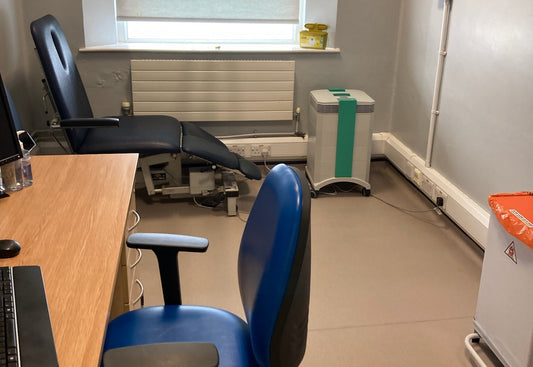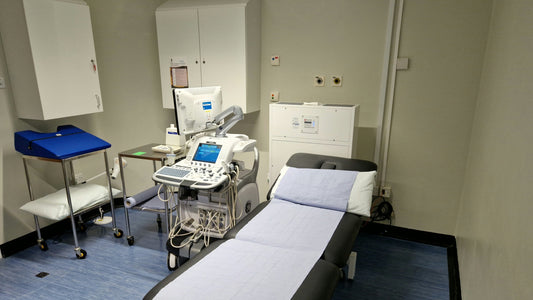The Centre for Applied Education Research (CAER) has published a 10-step guide to using air-cleaning units in schools. CAER writes on their website, that they are "committed to improving educational outcomes for children and young people (CYP) through the power of science." Here are their recommendations in regard to school air purifiers:
Good ventilation has been established as crucial in reducing the risk of Covid-19 transmission. However, in many school settings, achieving adequate ventilation can be challenging due to various factors, such as limited window opening, cold weather, and noise. As a result, air-cleaning technologies (i.e. air purifiers), like high-efficiency particulate-absorbing (HEPA) filters, have gained attention as a potential solution. While the government has supplied large quantities of these units, many schools are considering purchasing their own air purifiers.
According to CAER, air purifiers for schools can be effective in reducing exposure to airborne viruses and pollutants, but it's essential to understand that they are not a "magic bullet" solution. Each school's environment is unique, with multiple factors affecting airflow. Thus, CAER suggests that choosing the right air purifier and implementing it effectively requires careful consideration.
To support schools in making informed decisions about school air filtration, the Centre for Applied Education Research has developed the following 10-point guide:
-
Optimize Ventilation: Prioritize improving natural ventilation before considering an air purifier for a school. Carbon-dioxide monitors (such as an IQAir AirVisual Pro) can help assess ventilation levels; readings around 800ppm or less indicate good ventilation, while readings consistently over 1500ppm signal poor ventilation.
-
Evaluate the Investment: Assess whether the school air purifier is necessary for the short term (up to 12 months) or the longer term (up to 5 years) to improve air quality, especially in schools with suboptimal ventilation.
-
Conduct a Cost-Benefit Analysis: Consider the realistic impact of the school air purifier purchased on air quality improvement. Cheaper models may not provide sufficient airflow or filtration efficiency for classrooms.
-
Choose the Right Equipment: Select a school air purifier with high-quality filters that can effectively remove particles as small as 0.5 microns. Consider noise levels, practicality, and safety features.
-
Identify Placement and Classroom Modifications: Ensure proper positioning of portable devices, away from walls and obstructions. Consider wall-mounted units for limited floor space, but be aware of the need for additional electrical work.
-
Plan for Maintenance and Running Costs: Account for replacement filter costs, power consumption, and consider automation or timers to manage the devices efficiently.
-
Schedule Filter Replacement: Filters might last between 3-12 months and should be changed correctly to maintain their longevity.
-
Provide Staff Training: Educate staff on the school air purifier usage, why the devices are in place, and the importance of continued ventilation.
-
Complete a Health and Safety Risk Assessment: Conduct a simple risk assessment for using and maintaining the school air purifier devices, ensuring electrical safety and compliance with fire safety measures.
-
Designate Responsibility: Assign a responsible officer to manage the school air purifier devices, ensuring proper maintenance and communication with external providers.
CAER concludes that while school air purifiers can be a valuable tool in reducing airborne-associated illnesses, including Covid-19, it's important to note that their effectiveness does not guarantee virus-free air or eliminate the risk of transmission during close interactions. The school air purifier should complement other preventive measures and not serve as a replacement for proper ventilation. CAER suggests that by following this guide, schools can make informed decisions about using air-cleaning units to create a healthier learning environment.
If you are interested in school air purifiers, or are interested in a free of charge assessment of your school and its possible requirement for air purification, contact us anytime at 0203 176 0524 or email us at info@CommercialAirFiltration.co.uk.




